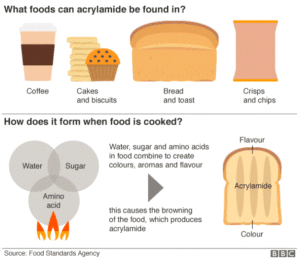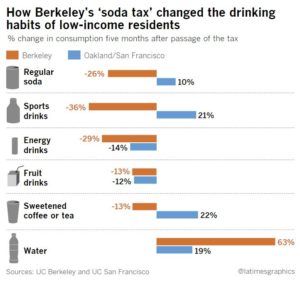Kombucha: A collection of industry articles
FoodNavigator-USA.com, an industry newsletter, has a collection of articles about Kombucha, a drink that Wikipedia defines as:
A fermented, slightly alcoholic, lightly effervescent, sweetened black or green tea drink commonly intended as a functional beverage for its supposed health benefits. Sometimes the beverage is called kombucha tea to distinguish it from the culture of bacteria and yeast. Juice, spices, or other flavorings are often added to enhance the taste of the beverage. The exact origins of kombucha are not known…Kombucha is produced by fermenting sugared tea using a symbiotic culture of bacteria and yeast (SCOBY) commonly called a “mother” or “mushroom”…The living bacteria are said to be probiotic, one of the reasons for the drink’s popularity.
Slightly alcoholic? No wonder it is so popular.
It’s obviously a major seller. Here is the dedicated Kombucha display at the Wegmans upstate in Ithaca, New York.

The makers of kombucha want to sell more of it. Here’s what they think the market issues are these days:
- Aqua ViTea: The kombucha industry has not dealt with its alcohol problem: <Raising the threshold above which kombucha would be classified as an alcoholic beverage from 0.5% to 1.25% abv, is not the way to deal with the industry’s alcohol problem, says Vermont-based kombucha brand Aqua ViTea, which utilizes spinning cone technology to remove most of the alcohol from its products before bottling… Read
- GT Dave backs kombucha standard of identity: ‘I hope this will encourage people to take the high road’: Defining what kombucha is – and just as importantly, what it isn’t – is mission critical if industry pioneers are to preserve the integrity of the category as more brands enter the segment, argues GT Dave, founder of market leader GT’s Living Foods… Read
- WATCH: Bare Bucha and Stout Tanks unveil radical new approach to controlling alcohol in kombucha: A novel approach to brewing kombucha in stackable rectangular trays could help dramatically speed up the fermentation process and keep alcohol levels consistently below 0.5% abv, solving a major technical challenge for the industry, according to kombucha brand Bare Bucha and craft brewery equipment supplier Stout Tanks… Watch now
- Kombucha and fermented beverage sales are up 21%, but velocities are down, says SPINS: US retail sales of refrigerated kombucha and other fermented beverages (including hard kombucha) were up 21% to $728.8m in measured channels* in the year to February 24, 2019 driven by strong distribution gains. However, velocities were down fairly sharply, delegates at the 2019 KombuchaKon conference were told… Read
- What’s an ‘authentic’ kombucha? Let the market decide, say Rowdy Mermaid and Camellia Grove: Trade association Kombucha Brewers International (KBI) wants lawmakers to raise the threshold above which kombucha would be classified as an alcoholic beverage from 0.5% to 1.25% abv, and is gearing up to publish a standard of identity for ‘authentic’ kombucha. But not everyone is on board… Read
- What is an ‘authentic’ kombucha? KBI gears up to publish definition: As a wave of lawsuits has brought the debate over what kombucha is and how it is made into sharper focus, trade association Kombucha Brewers International (KBI) is putting the finishing touches on a standard it claims will help preserve the integrity of the category as it grows… Read
And here’s a later addition:
- The mojo behind MOJO: Coca-Cola’s recently acquired kombucha brand shares secrets of success: Australian firm MOJO Kombucha’s pledge to authenticity and no artificial sweeteners are what have helped it grow from a small family business to becoming a major name in the country, and recently being acquired by beverage giant Coca-Cola, according to a top company official…Read




